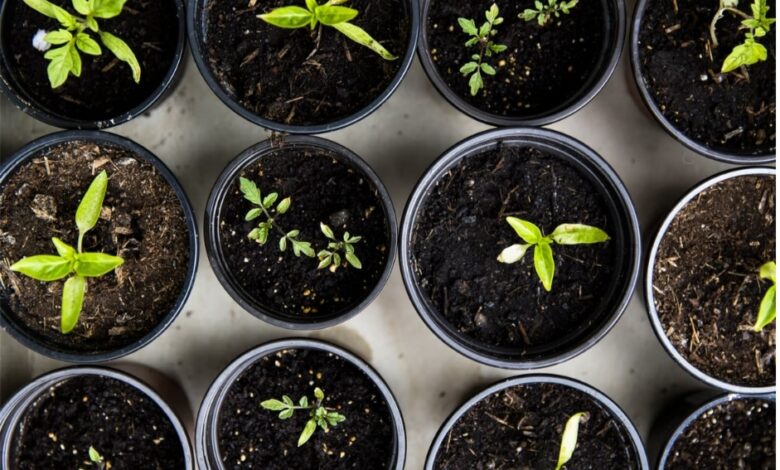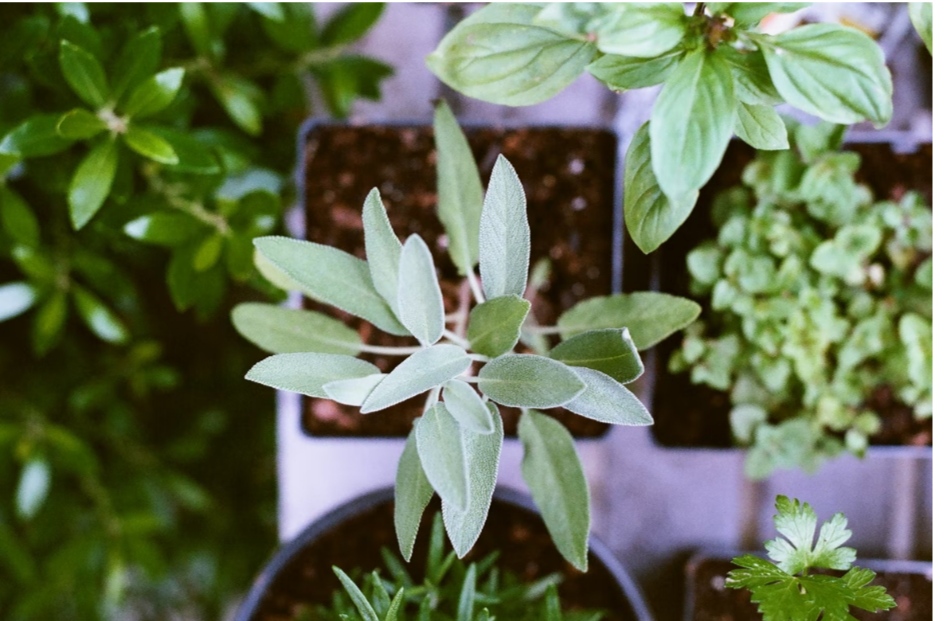A Helpful DIY Guide On Growing Herbs And Veggies Indoors

Since the food prices are rising like crazy, have you considered the option of cutting costs by growing herbs and veggies at home on your own? It is undoubtedly a great idea that provides many benefits. For example, you can create a simple DIY indoor garden for growing vegetables and herbs, which can be used as food or for medicinal purposes.
Sounds fun, right? You happily visit the market to check your options. But how to choose from so many seed varieties? Which vegetables are grown in this season? Do I need special soil? Don’t worry. A little help goes a long way. We’ve put together these guidelines so creating your own veggie garden will be easy and enjoyable.
Plant Selection
One of the first things you should know is that not all plants are suited for indoors. Certain plants need a lot of sunlight during the day to complete their nutrition cycles. If you place these in an indoor garden, they won’t do very well. Leafy green vegetables, carrots, and root veggies are great options for an indoor garden. Similarly, peppermint, thyme, rosemary, and basil are ideal indoor herbs that don’t require too much sun.
Of course, these are not your only choices. You can explore more vegetables and herb options on your own. But before planting, you need to make sure you have all the right seasonal seeds available. You can also use seedlings propagated from used vegetables like tomatoes etc. Furthermore, you must research the ideal temperature your plants need to thrive in, as it can greatly differ from plant to plant.
The Right Lighting
Sometimes sunlight will not be enough for indoor plants. You will need to choose plants that require moderate lighting. Sun rays do not properly reach the plants when they are inside. Therefore, it would be wise to invest in led grow lights to supplement the natural lighting. Make sure to buy lamps that are specifically designed for lighting indoor plants. While it might involve a bit of searching for the best options it is worth it for your plants to grow and provide nutrition for you and your family.
Proper Resources
Before you start planting your indoor kitchen garden, you must have pots, a steady water supply, mud-mixed fertilizer, a lighting system, seeds, and gardening tools.
Here the potting mixture, i.e., the mud fertilizer mix, is the main ingredient in growing your veggies. If you don’t get it right, your plants will not grow at all. Use any organic mixture that is available or make your own at home using fertilizer. Just make sure you don’t reuse any soil that may be diseased or contaminated. You can buy rubber gloves, boots, overalls, and any tools you might need if your plantation occupies a bigger space.
Sweat In
Grab your tools and start digging. If you use flower pots, fill them with mud and fertilizer mix. Put in the seeds of your favorite vegetables and herbs. Make sure the roots have ample space to grow. Otherwise, in limited space, the roots will not spread properly, and the plant will dry up eventually.
It would be best if you were consistent when growing vegetables and herbs indoors. Consistency of care is the key to successful indoor plant growing, always water them on time; you will soon see seedlings sprout in a month or two (this depends on the season). However, you will have to keep your plants safe from pests, which will be easy to do indoors. But, you have to be extra cautious, so use pest control sprays to sit back and relax without worrying about insects feeding on your plants.
Start Growing Today!
You can start growing your indoor garden today with all these beginner guidelines. Research plants that are easy and don’t take too much effort. Choose plants that are available for planting in your temperature zone. Also, the choice should be made depending upon seed availability and the quality of the plants to be grown with minimal sunlight. When you master the basics, it will be easier to move on to a more complicated task.

Once the choice is made, make arrangements for led grow lights so that proper lighting is available for vegetable and herb growth. After gathering all the basic supplies and resources, get to work. Plant the vegetables and herbs separately. Water them regularly at dusk and don’t break their routine. Provide them adequate light and your home-grown vegetables and herbs will be ready for use in no time.



